Representational Art
Personal Work (2008 - Present)
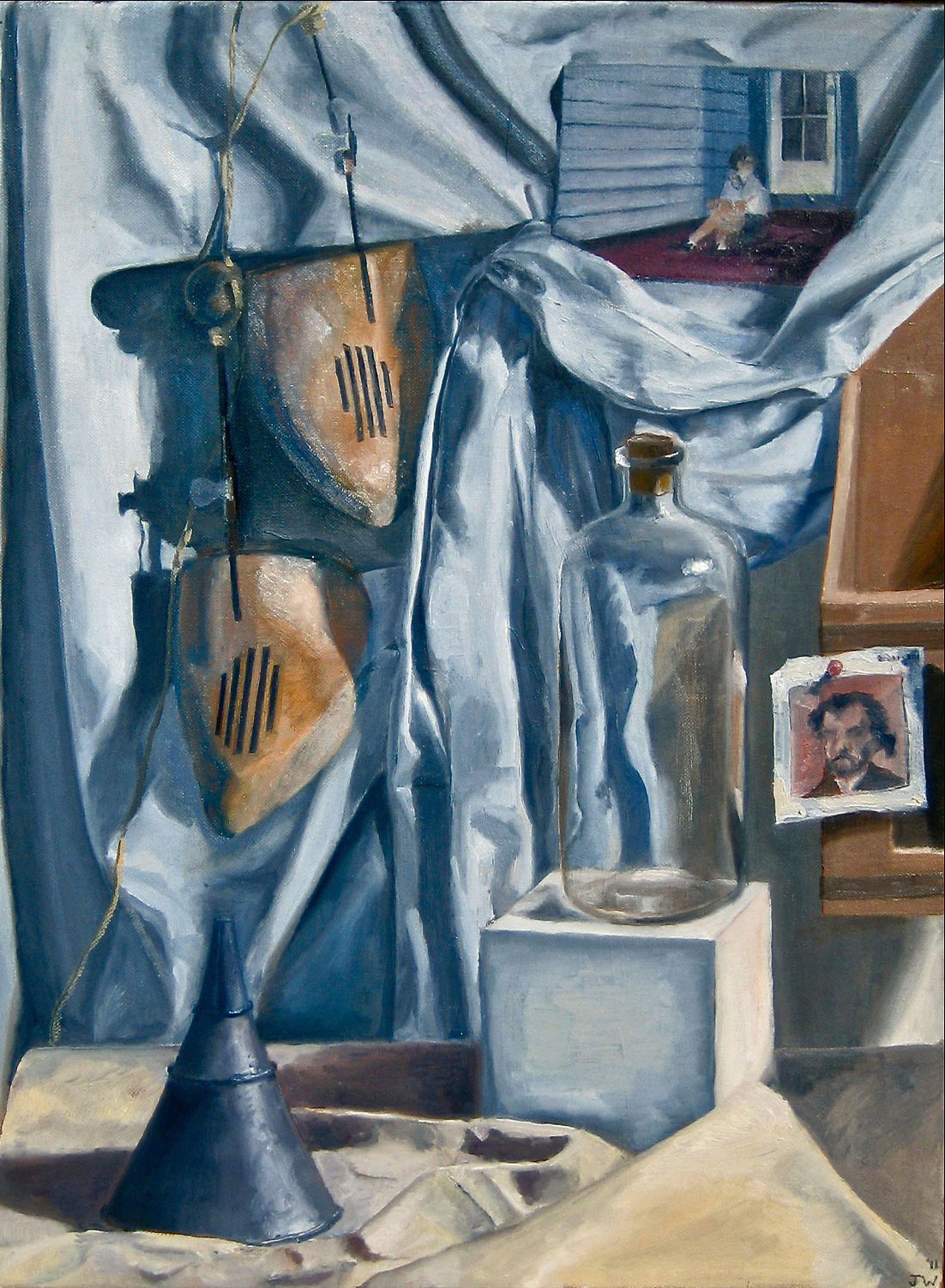
Oil on Canvas
Selected Paintings and Drawings
Professors
William Allik
Lyme Old Lyme High School
Michael Peery
Private Instruction
Pola Wickham
Cornell in Rome
Representational Art was and continues to be the foundation to my understanding of design. Observing, without judgement, and translating to two-dimensional space forces one to think in new ways.
It is a process of examining the familiar and deconstructing it to be purely visual form - shapes, lines, color. The senses become heightened to relational and visual thinking - alignment, scale, proportion.
In a broader sense, it is about breaking down our mental perceptions of what we think something ‘looks like’ and learning to build a new perception based solely on what we see in the moment. The final painting or drawing is more of an afterthought, a biproduct of this meditative process. It is not about what the work looks like in the end; it is about a practiced state of being: observing and absorbing.
The selection of artwork included here spans more than a decade. The mediums vary including charcoal, graphite, oil paint. Some of the work reflects dozens of hours of refinement; others are quick studies in an hour or less.

Oil on Canvas

Oil on Canvas


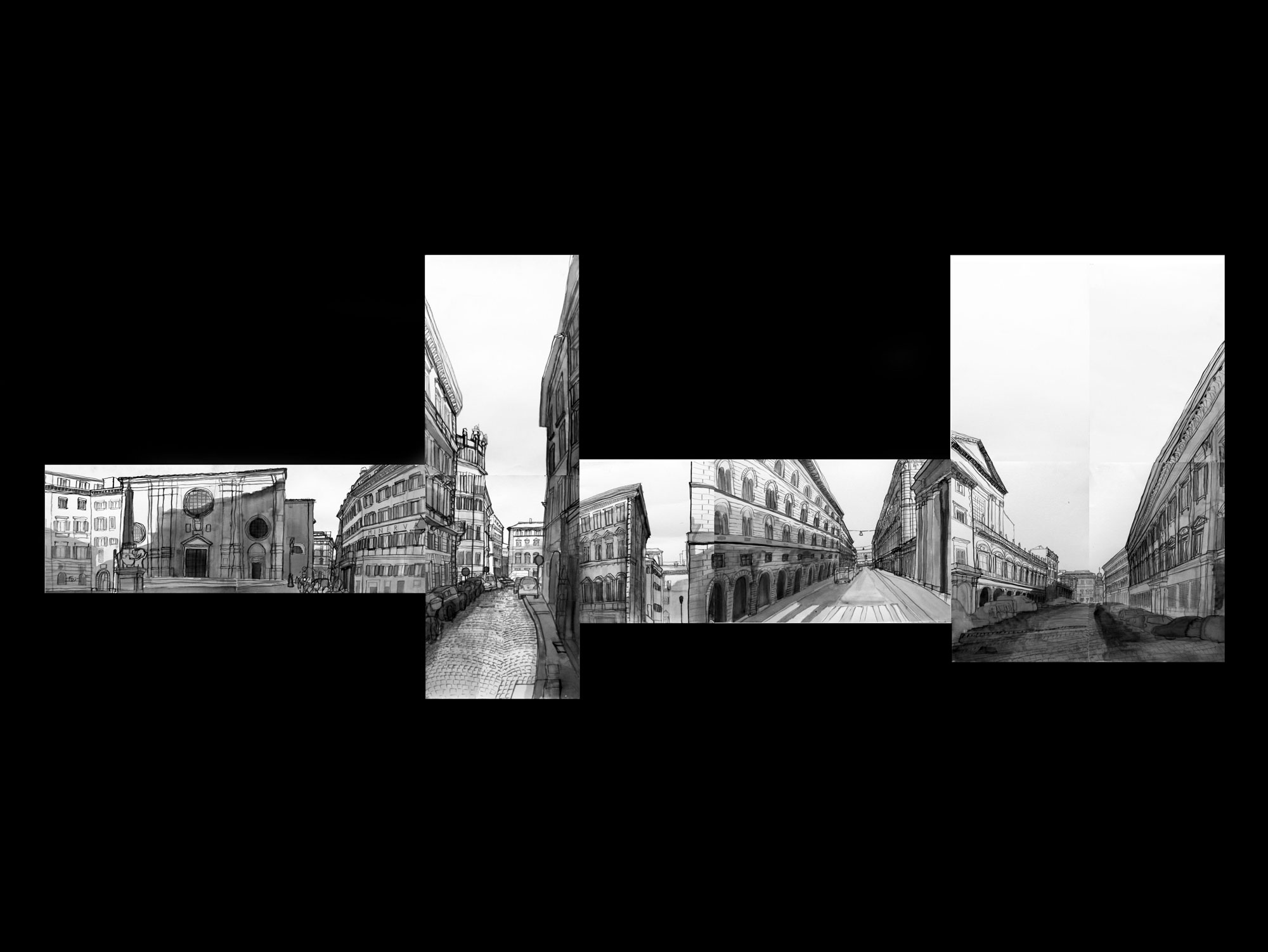

Drawing is more abstract than painting. In drawing, everything must be distilled to lines and planes, light and dark. With the abstraction, comes an imposed precision of craft. Lines are straight, constructed perspectives are more pronounced. In the absence of color, light is more pronounced. Light makes drawings feel real.
Painting is more freeing than drawing. Brush strokes are never perfectly straight. Rather than being a process of addition and subtraction, painting is a continuous evolution. Paint is pushed and pulled; it develops into mountains and valleys on the canvas. Finally, the color is very powerful. It deepens the emotions.
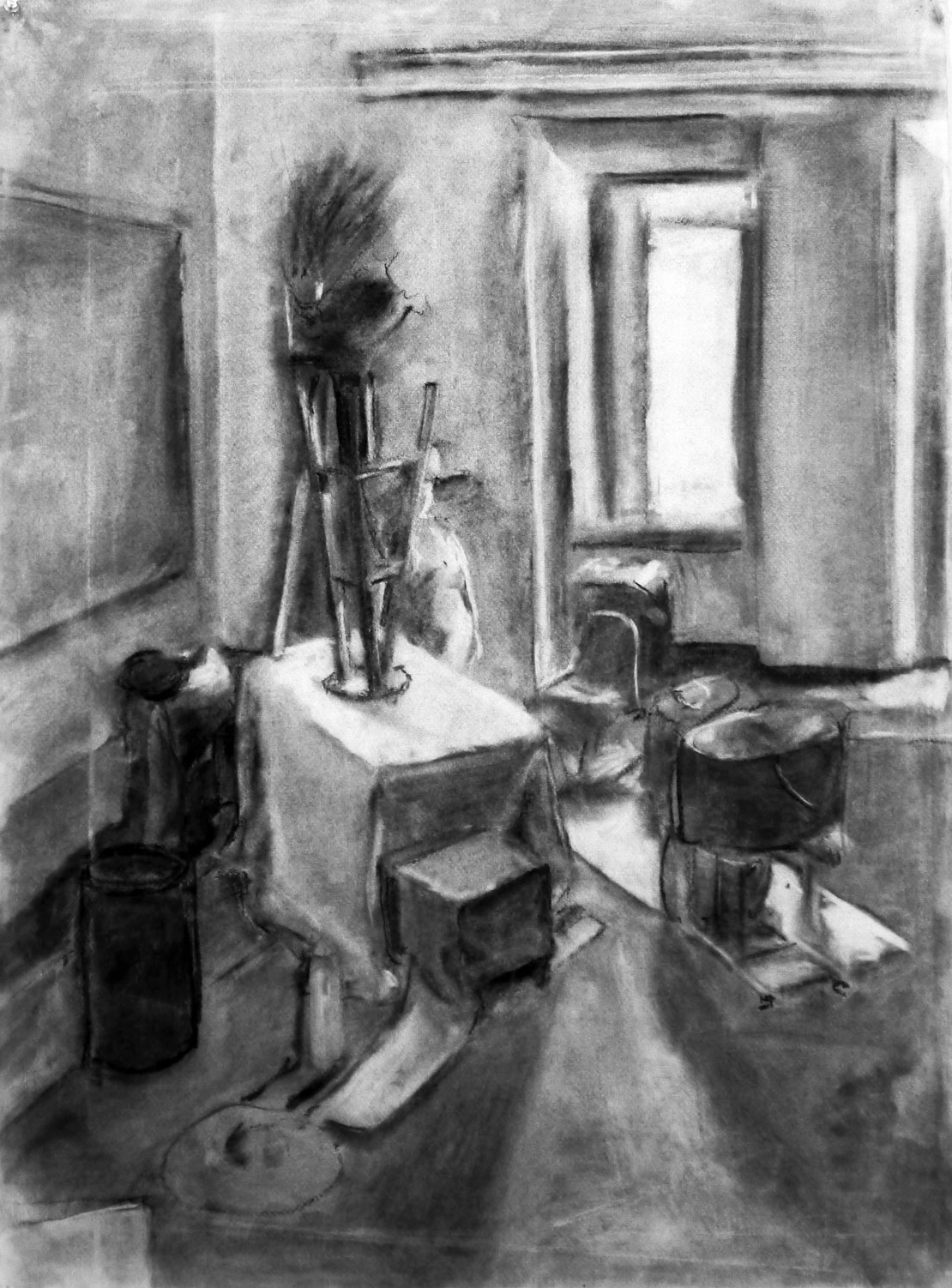


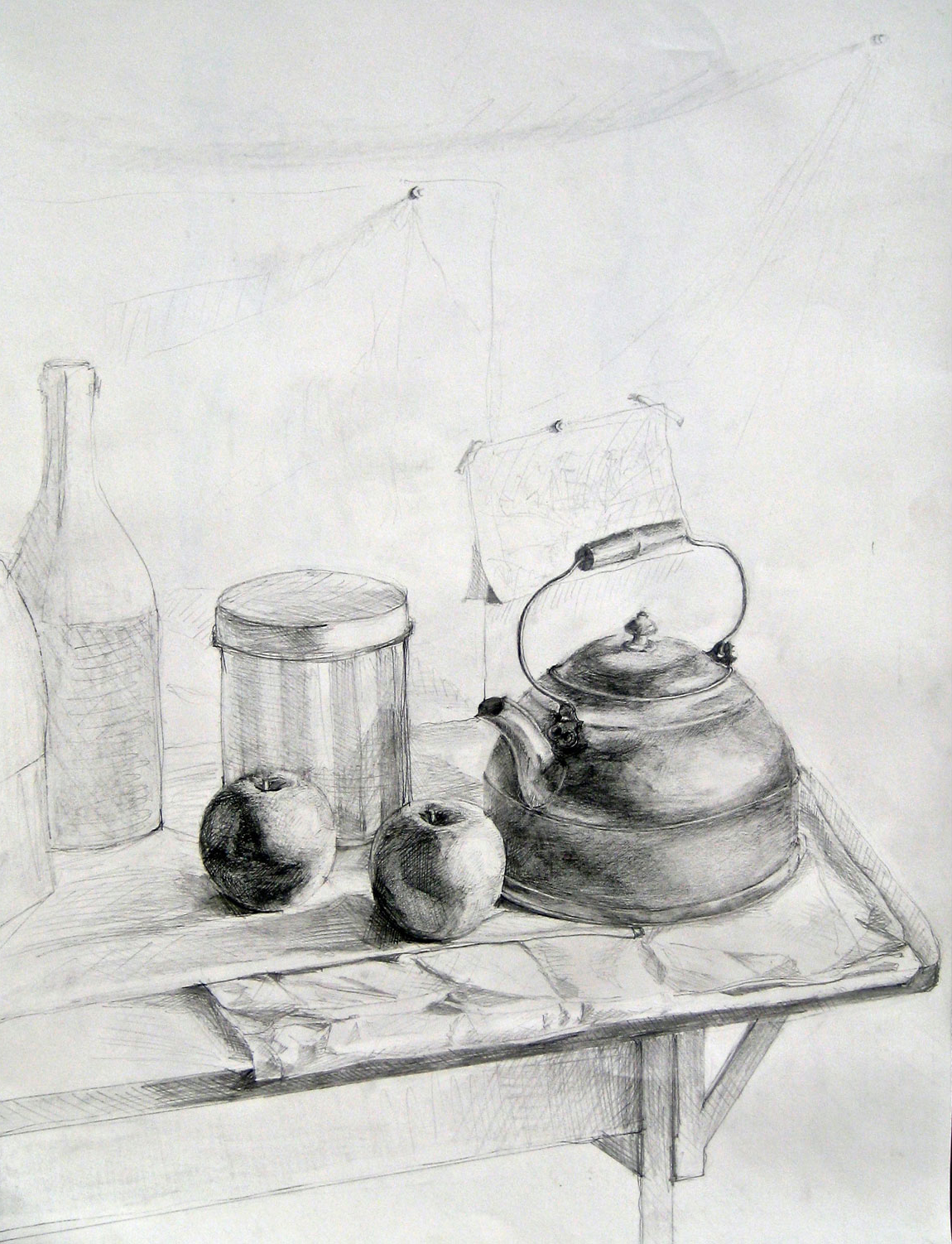

Oil on Masonite

Oil on Masonite
Trompe l'oeil is a French style of painting in which shallow relief subject matter is employed along with hyper realistic detail to actually trick the eye into believing the painting is real life. If representational painting is about translating visual effects into two-dimensional form, trompe l’oeil takes this to the logical extreme. Brush strokes are tiny and hidden; shadows are crisp and often cast from direct lighting from above. Meditation is brought to the tiniest of details: a pin head or cork texture.
Fine Art
The Figure
Personal Work (2008 - Present)

Oil on Canvas
Selected Paintings and Drawings
Professor
Steve Forester New York Art Academy
Our foundational concept of beauty is married to the human form. The two are inextricable. Drawing and painting the figure teaches, through careful observation, the natural proportion and hierarchy of the human body. We start with idealized proportions as a foundation and then slowly uncover what makes each figure unique.
Compared to still life painting, figure painting poses unique challenges. The form is not geometric, but rather a complex combination of opposing curves. Skin is not opaque, but rather a subtly transparent and glowing surface. These elements teach us to reconcile seeming contradictions and search for nuance.
The below drawings and paintings are all from life. I never use photographs. The result is that the duration of the painting is limited to a couple of hours at most. There is a sense of urgency. Some portions of the canvas are developed more than others. The artist must carefully choose what deserves attention.



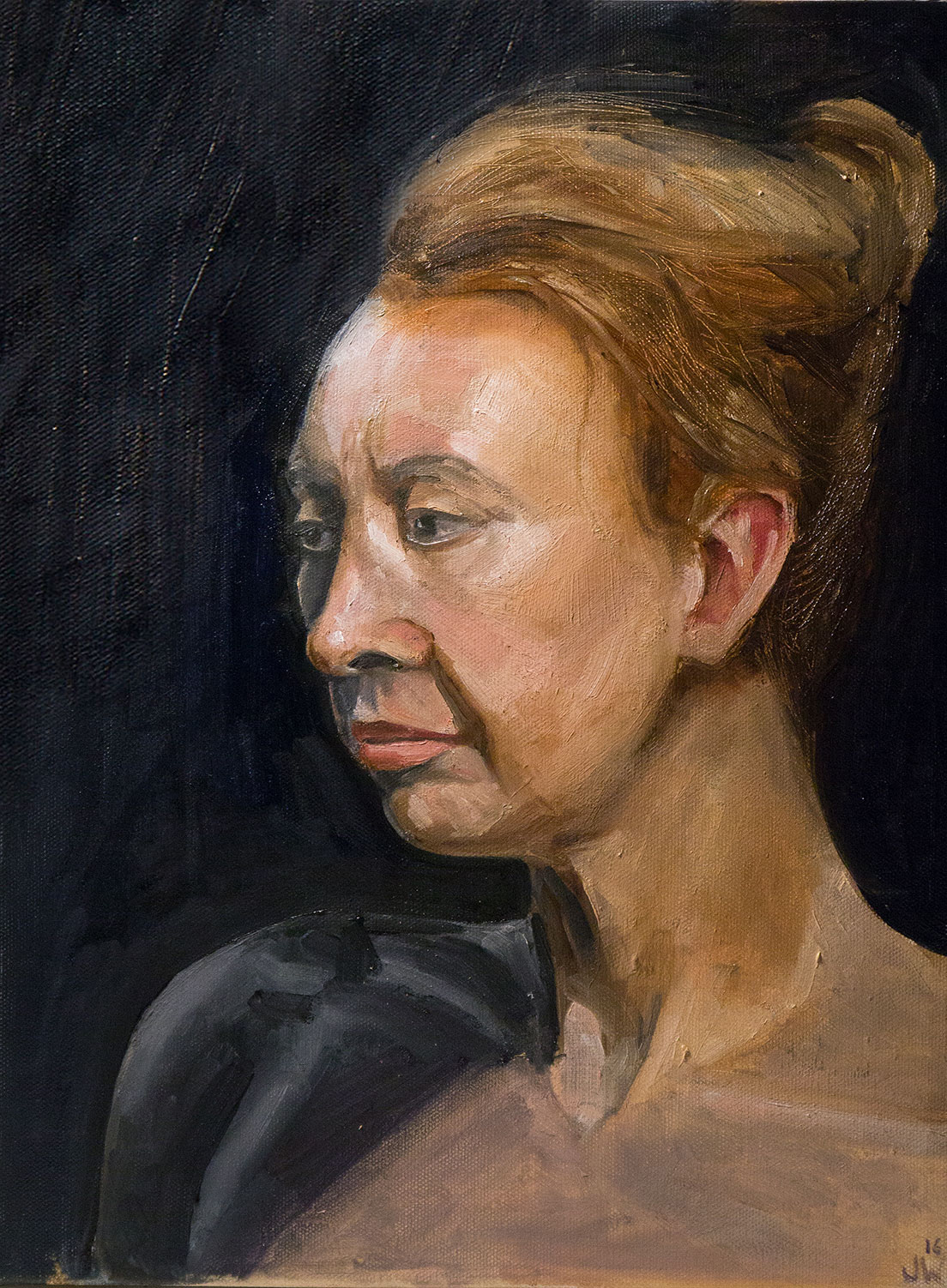
Fine Art
Abstract Prints
Personal Work (2009)

Copper Plate Etching 1
12 Copper Plate Etchings
Professor
William Allik Lyme Old Lyme High School
Composed of just crisp vertical, horizontal and diagonal lines, these abstract prints explore the ways in which simple means can create dynamic compositions. Suggestions of perspective and layering are employed to imply a variety of views.
Copper plate etching is a harsh medium. The copper is carved, grooved to create pathways for the ink. The process is unforgiving; each line must be planned ahead. There is no erasure.













